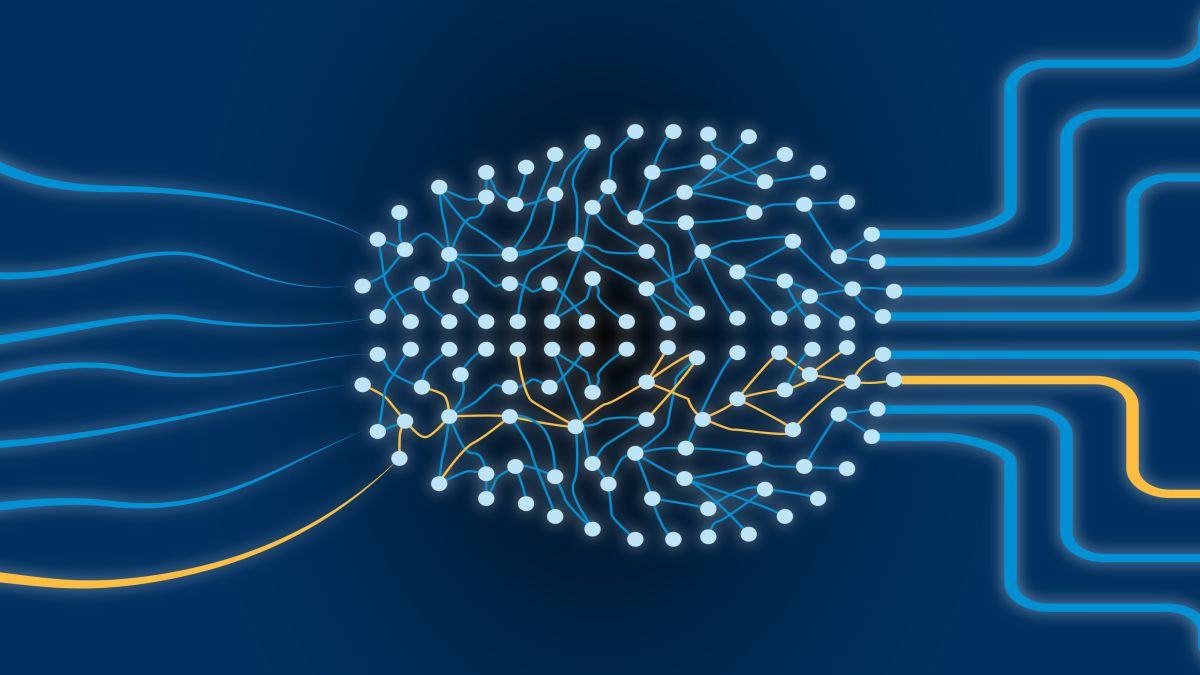
While artificial intelligence (AI) has made significant strides in mimicking human cognitive abilities, its learning mechanisms remain fundamentally different from human learning. This article delves into why AI cannot learn on the go as humans do, highlighting the structural, functional, and capability differences between AI models and human learning processes.
Who, What, When, Where, Why
- Who: This discussion pertains to researchers, developers, and users of AI technologies.
- What: Comparison of AI learning mechanisms versus human cognitive processes.
- When: As of the latest developments in AI research.
- Where: Globally, across various applications from healthcare to autonomous driving.
- Why: Understanding these differences is crucial for developing more efficient AI systems and setting realistic expectations about their capabilities.
Core Differences in Learning Processes
Data Dependency
AI models, such as those based on deep learning, require vast amounts of data to learn effectively. For instance, models like GPT-3 are trained on billions of words to develop their language capabilities. In contrast, humans can learn from much fewer examples, utilizing efficient cognitive strategies to generalize from limited data.
Learning Mechanisms
AI typically uses algorithms such as backpropagation for learning, which adjusts the weights within neural networks based on errors. This method is not analogous to any learning process in the human brain, which involves complex interplays of neurons and synapses without a direct counterpart to backpropagation.
Continuous Learning
Humans inherently learn in a continual, incremental manner, adapting to new information over time without forgetting previous knowledge—a process known as lifelong learning. AI models struggle with this; they often suffer from catastrophic forgetting, where acquiring new information can overwrite old knowledge unless specifically designed with mechanisms like continual learning algorithms.
Application and Limitations
AI excels in specific, well-defined tasks, such as pattern recognition in large datasets, language translation, and predictive modeling. These tasks leverage AI’s ability to process and analyze large volumes of data far beyond human capabilities. However, the adaptability and generalization skills of AI are limited. They lack the ability to perform well across tasks that are not closely related to the data on which they were trained unless techniques like transfer learning are employed.
The Future of AI Learning
The pursuit of making AI learn more like humans involves enhancing models with capabilities for generalization, reasoning, and emotional understanding. This involves not just technological advancements but also deeper insights into human cognitive processes.
While AI continues to advance, bridging the gap between human-like learning and current AI capabilities requires ongoing research and development. By understanding the inherent limitations of how AI learns, researchers can better design AI systems that complement human abilities, leading to more effective implementations across various fields.